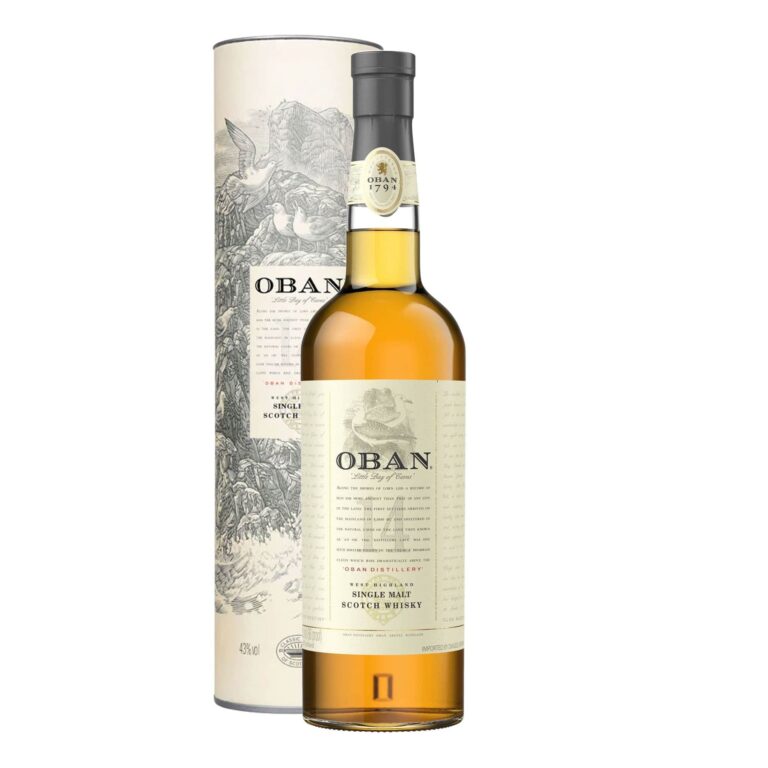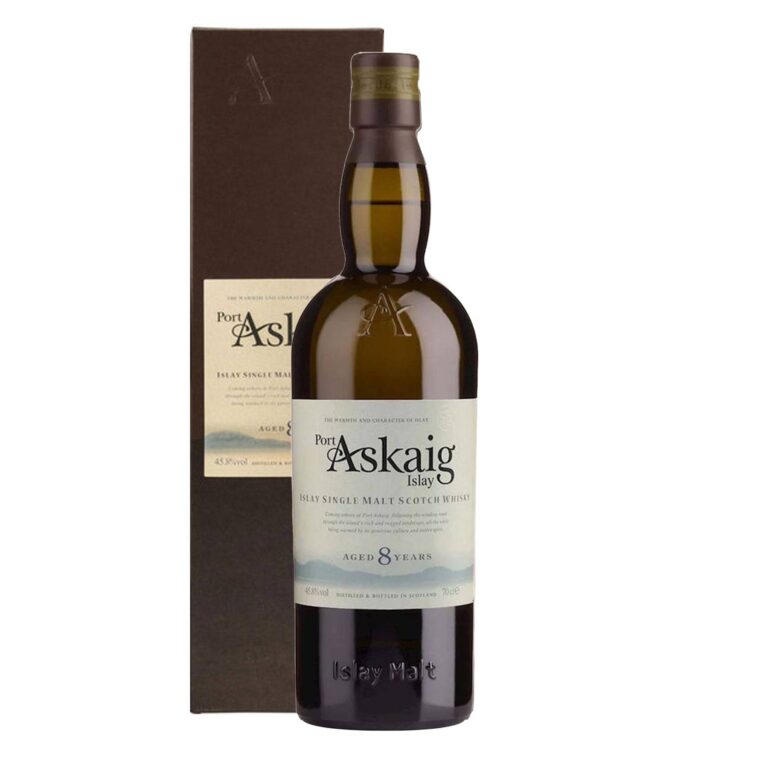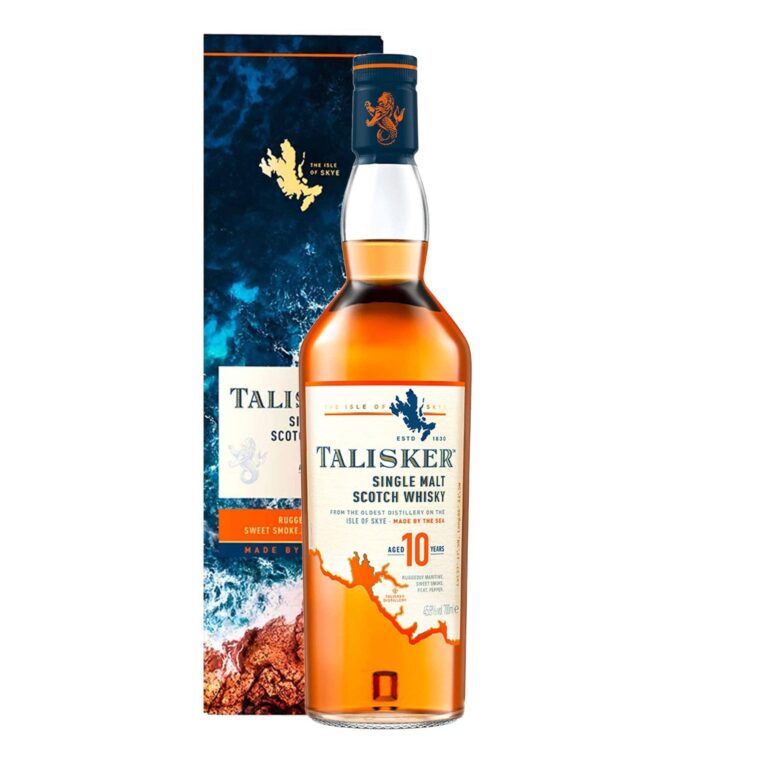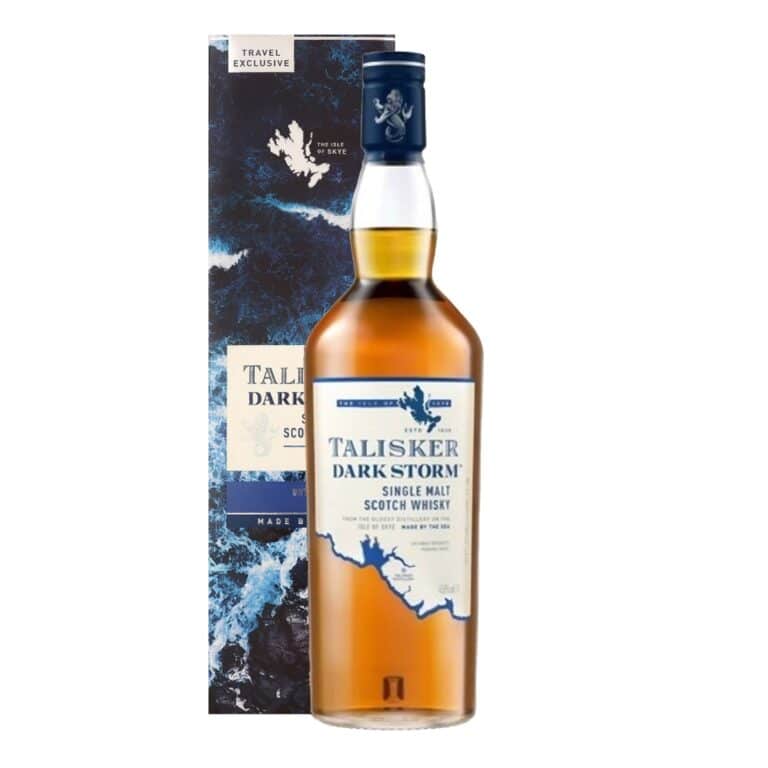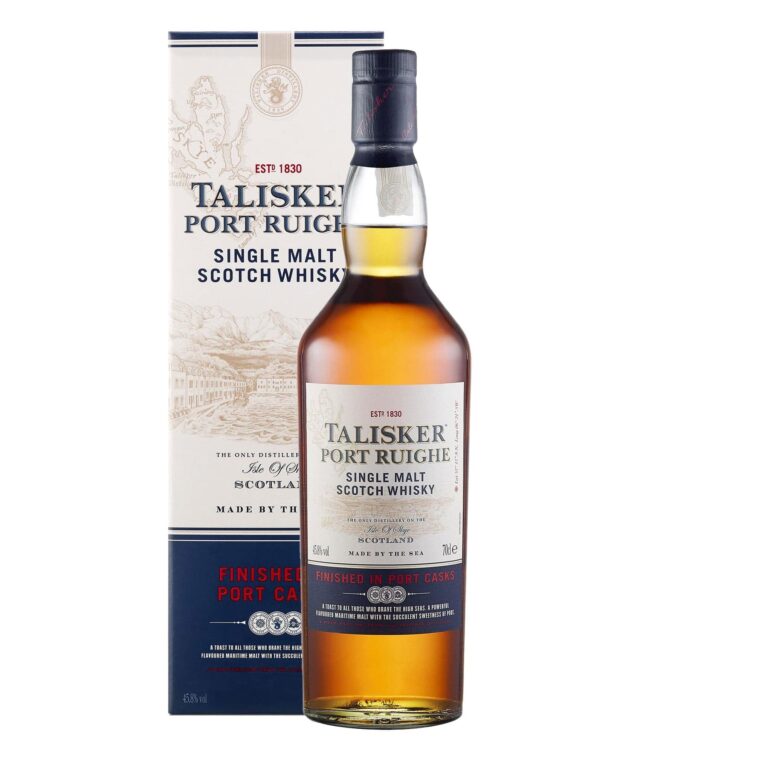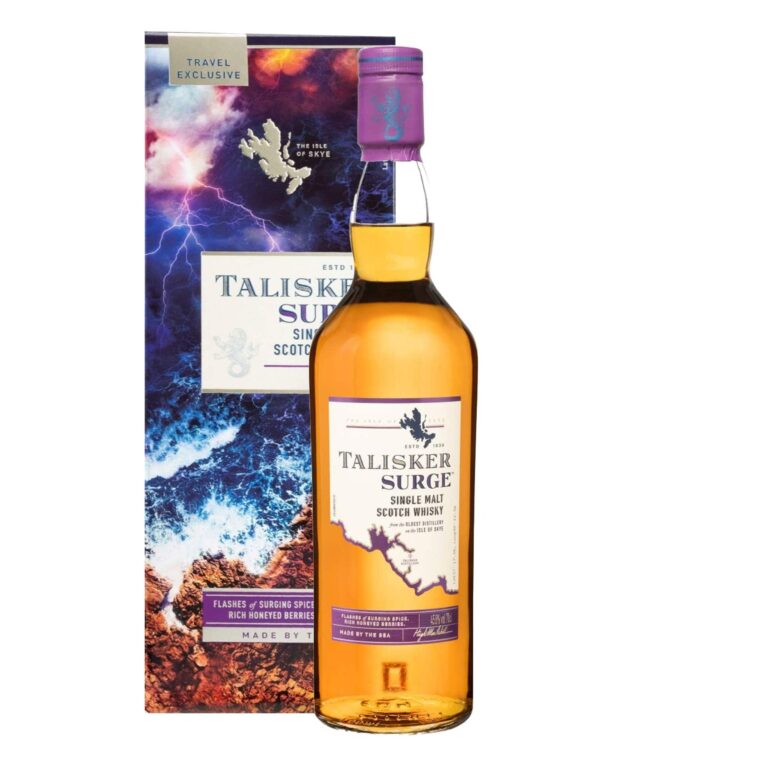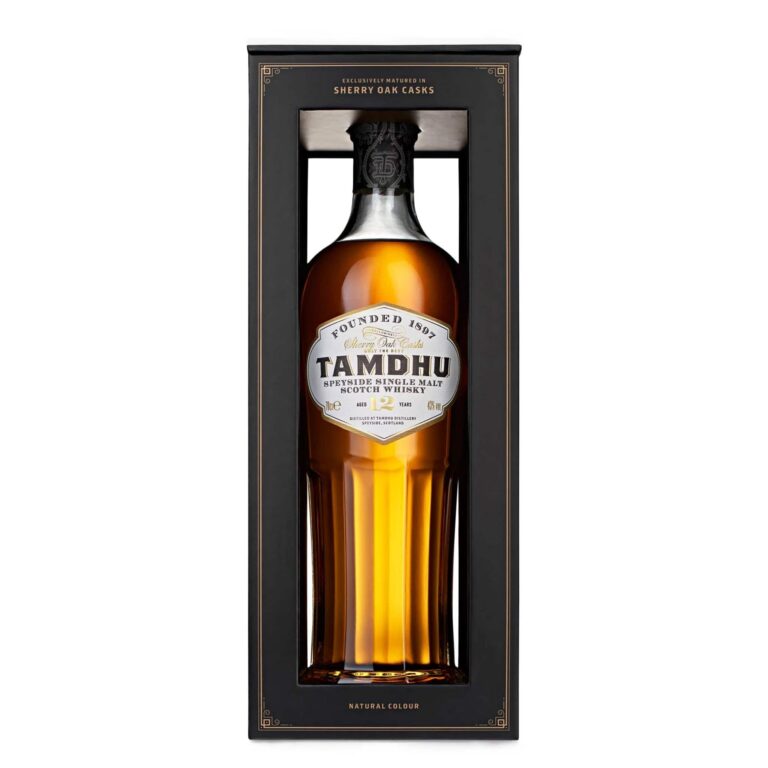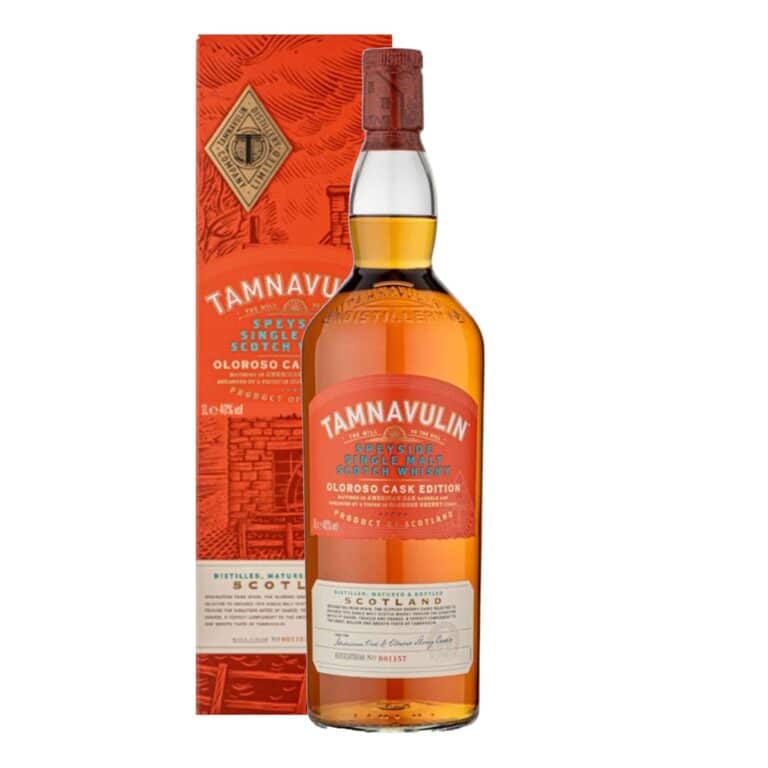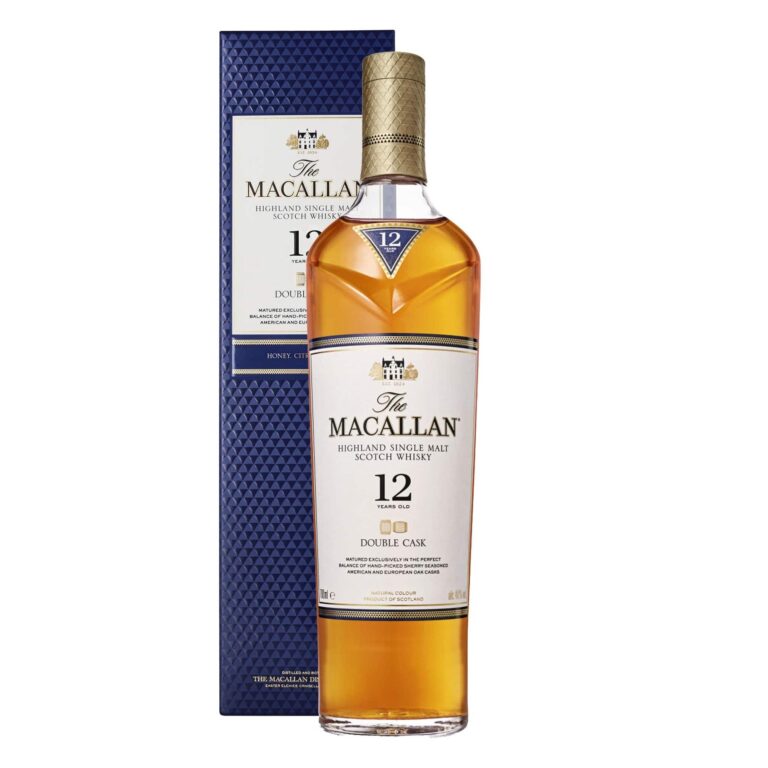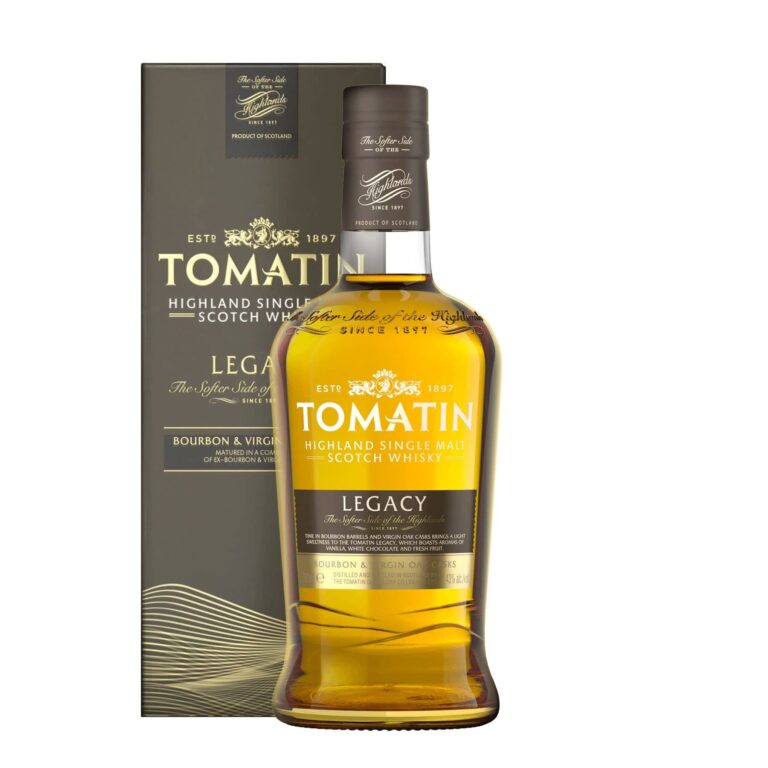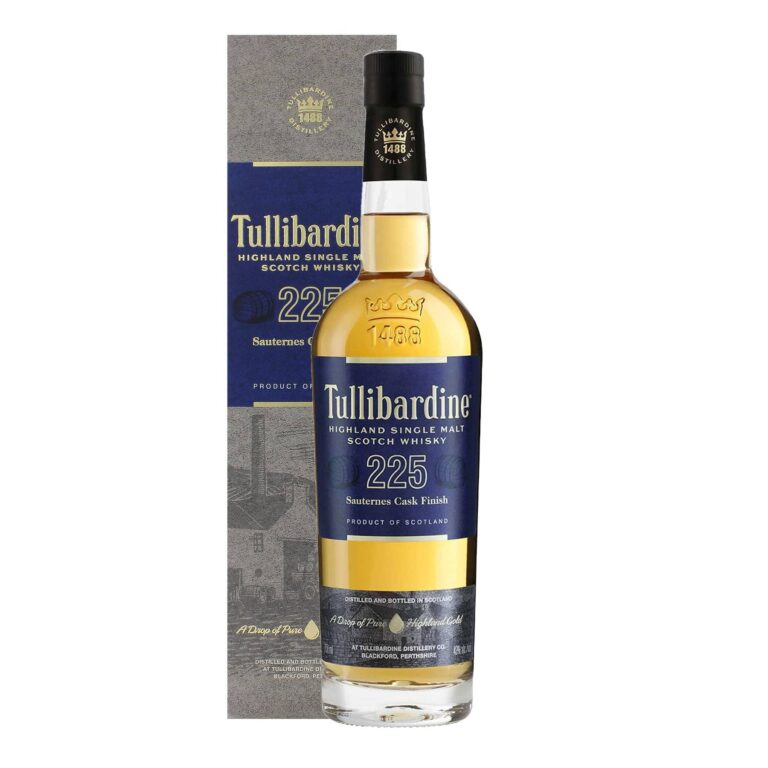Scottish Single Malt Whisky
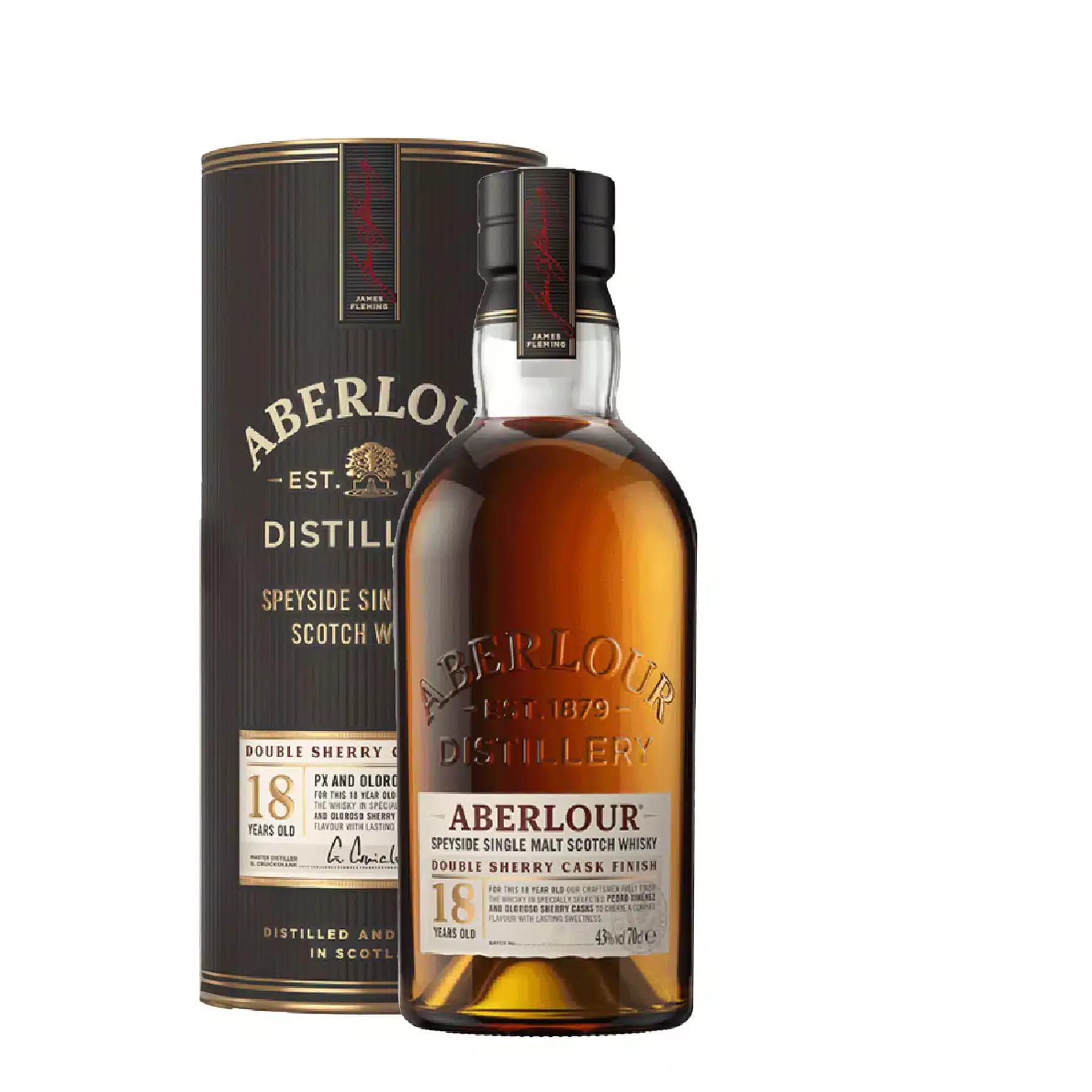
What Exactly Is Scotch Single Malt Whisky?
Let’s begin with the essentials. Scotch whisky (spelt without the “e” in Scotland) is whisky made in Scotland under rigorous rules. To be lawfully called “Scotch,” it needs to:
Be distilled and matured in Scotland
Age for at least 3 years in oak casks
Have just water, malted barley, and yeast (faster ways).
Currently, the term “single malt” adds another layer.
Single indicates the whisky originates from one distillery (not blended with whiskies from various other locations).
Malt implies it’s made just from malted barley, as opposed to grains like corn or wheat.
Assembled Scotch single malt whisky is whisky from a single Scottish distillery, made specifically with malted barley. This purity is what gives single malts their character and intricacy.
Why Single Malt Stands Apart.
So, what makes Scotch single malt whisky so special compared to blends or whiskies from other countries?
Depth of Flavour: Because it’s crafted from malted barley at a single distillery, you get a distinctive “signature taste” that mirrors the regional water, climate, and practices.
Heritage and Craft: Many distilleries have actually been operating for hundreds of years. Every bottle brings an item of background.
Range of Styles: From smoky and peaty drams of Islay to honeyed Highland malts, there’s a flavour profile for each palate.
Premium Experience: Single malt is frequently seen as the pinnacle of whisky gratitude, making it best for gifts or unique celebrations.
For novices, consider it similar to this: blended whisky is like a choir– numerous voices collaborating. Single malt is a soloist– distinct, meaningful, and memorable.
A Journey With Scotland’s Whisky Regions.
Among the pleasures of discovering single malt Scotch is discovering exactly how the flavour changes depending on where it’s made. Scotland has 5 primary whisky-producing regions, each with its own character:.
1. Highlands.
The largest whisky area, providing an amazing range. Highland malts can be light and floral in the north, or rich and fruity in the south. Glenmorangie and Dalmore are 2 renowned Highland names.
2. Speyside.
Home to over fifty per cent of Scotland’s distilleries. Understood for approachable, frequently sweet and fruity whiskies with notes of apple, honey, or vanilla. Speyside is perfect for beginners– brand names like Glenfiddich, Glenlivet, and Macallan are worldwide favourites.
3. Islay.
Notable, “Eye-luh,” this island is popular for bold, smoky, and peaty malts. Laphroaig, Ardbeg, and Lagavulin are legends right here. If you like a whisky that seems like a seaside bonfire, Islay is your playground.
4. Lowlands.
Mild, light, and smooth whiskies. Lowland malts are commonly suggested for newbies or for those who choose a softer dram. Auchentoshan is a widely known example.
5. Campbeltown.
As soon as home to lots of distilleries, now only a handful remain. Campbeltown whiskies are robust and intricate, often with marine notes. Springbank is the standout name here.
Comprehending these regions is a wonderful means to begin narrowing down your choices.
Exactly how to Pick Your Very First Single Malt Whisky.
If you’re standing in a store (or browsing online in the UK) and confronted with rows of mystical containers, right here are a couple of pleasant suggestions:.
Begin with Speyside or Highland: These areas produce available whiskies that are not likely to overwhelm a novice. Try to find Glenlivet 12, Glenfiddich 12, or Glenmorangie Original.
Take Notice Of Age Statements— A number on the bottle (e.g., 12, 15, or 18 years) shows the youngest whisky inside. Older whiskies are commonly smoother and more pricey, yet a good 12-year-old can be an outstanding value.
Examine the ABV-– Most single malts are around 40- 46% alcohol. Anything greater may be labelled “cask strength,” which is effective and ideal for seasoned enthusiasts.
Consider Occasion— Purchasing for a gift? Macallan is sophisticated and always valued. Searching for a laid-back evening sipper? A Glenfiddich 12 or Glenmorangie is excellent.
Budget Intelligently— In the UK, you can discover superb single malts starting at around ₤ 30- ₤ 40. Premium bottles can conveniently surpass ₤ 100, however you don’t need to invest that much to enjoy terrific whisky.
One Of The Most Popular Scotch Single Malts in the UK.
If you’re shopping in the UK, certain containers always stick out– whether on supermarket shelves, in specialist shops, or online retailers. Below are some trusted favourites, each with its very own individuality:.
1. Glenfiddich 12 Years Of Age.
Area: Speyside.
Profile: Fresh pear, subtle oak, and a touch of creaminess.
Why it’s enjoyed: One of the most commonly appreciated single malts in the world. Perfect for beginners.
Price Array (UK): Around ₤ 35– ₤ 40.
2. Glenlivet 12 Year Old.
Region: Speyside.
Profile: Smooth, with tropical fruit notes and a hint of vanilla.
Why it’s liked: Approachable, gentle, and elegant. A reliable first container.
Rate Array (UK): Around ₤ 35– ₤ 45.
3. Macallan 12 Sherry Oak.
Region: Speyside.
Profile: Rich dried fruit, spice, and chocolate, thanks to sherry cask ageing.
Why it’s liked: Premium really feel, ideal as a gift or for unique events.
Rate Range (UK): Around ₤ 65– ₤ 75.
4. Lagavulin 16 Years Of Age.
Area: Islay.
Profile: Smoky, peaty, with deep naval character and tips of dried fruit.
Why it’s enjoyed: A symbol among smoky whiskies. For daring drinkers.
Price Array (UK): Around ₤ 85– ₤ 95.
5. Glenmorangie Original Ten-Year-Old.
Area: Highlands.
Profile: Floral, citrusy, with notes of peach and vanilla.
Why it’s enjoyed: Sophisticated and light, a fantastic intro to Highland design.
Cost Variety (UK): Around ₤ 35– ₤ 40.
6. Ardbeg one decade Old.
Area: Islay.
Profile: Intense peat smoke, espresso, dark chocolate.
Why it’s enjoyed: Bold, distinct, and extraordinary, usually a “love it or hate it” drama.
Rate Range (UK): Around ₤ 50– ₤ 60.
These are extensively available in the UK– online via websites like The Whisky Exchange, Master of Malt, or in stores like Waitrose, Tesco, and Marks & Spencer.
Tasting Single Malt: Exactly How to Appreciate It.
Delighting in whisky doesn’t need to be made complex. Here’s a straightforward strategy:.
Pour a Dram— Concerning 25– 30ml is plenty.
Look— Notice the colour. A darker whisky may recommend sherry cask impact, while a light gold one may be bourbon cask.
Odour: Swirl gently and take in. Take your time– it’s half the fun.
Sip— Let it roll throughout your tongue. Notification: sweetness, spice, fruit, or smoke.
Add Water (Optional)— A couple of decreases of still water can “open up” the flavours. Do not be afraid to experiment.
Pro tip: Don’t stress over “doing it right.” Enjoy it how you like, whether neat, with water, or even with ice if that suits your taste.
Food Pairings with Single Malt Whisky.
Coupling whisky with food is less typical than with a glass of wine, but when done right, it can boost both. Right here are some fun recommendations:.
Speyside Malts (light, fruity)– Pair with smoked salmon, soft cheeses, or apple tart.
Highland Malts (flower, balanced)– Attempt with roast poultry, grilled veggies, or crème brûlée.
Islay Malts (smoky, peaty)– Suit with strong flavours: blue cheese, dark chocolate, or barbecued meats.
Sherried Malts (rich, wonderful)– Ideal with fruitcake, baked nuts, and even Christmas dessert.
A simple pairing to try in your home: Macallan 12 with dark chocolate. The sweetness of the chocolate balances the richness of the whisky beautifully.
What to Look For When Getting a Bottle.
With numerous choices on the shelves, here’s a friendly list to assist you:.
Age Declaration: Do you want a younger, fresh style (10- 12 years) or something smoother and much more intricate (15+ years)?
Cask Kind— Try to find words like “sherry cask,” “bourbon cask,” or “port cask.” Each includes different flavours.
ABV (Alcohol by Volume)— Conventional whiskies are around 40- 43%. Cask-strength whiskies (50%+) are bolder.
Flavour Profile: If you like sweet and fruity, adhere to Speyside or Highland. If you like bold, smoky flavours, discover Islay.
Price vs Occasion— Do not feel forced to get one of the most pricey bottles. A ₤ 40 whisky can be just as pleasurable as a ₤ 100 one, depending on the minute.
A Client Story: Sarah’s Gift Problem.
Sarah wanted to acquire a whisky gift for her father’s 60th birthday celebration. She had not been a whisky drinker herself, so she was shed. After searching evaluations, she settled on Macallan 12 Sherry Oak.
When her daddy opened it, he right away smiled– Macallan has a strong track record among whisky lovers. They shared a dram after dinner, and Sarah was pleasantly surprised to find it smooth and warming, with hints of raisins and spice.
This tale highlights a bottom line: when purchasing as a present, pick something traditional and widely known. It makes the recipient feel unique and guarantees your option will certainly be valued.
Single Malt vs. Various Other Kinds Of Whisky.
If you’re still evaluating options, here’s a quick contrast to help:.
Single Malt Scotch— Pure, colourful, made from malted barley at one distillery. Best for those looking for tradition and depth.
Blended Scotch— A mix of single malts and grain whiskies. Frequently smoother, cheaper, and extra regular. Good for laid-back alcohol consumption.
Irish Bourbon— Typically lighter, triple-distilled, with a smoother texture. Easier for beginners yet less facility than Scotch single malt.
Bourbon (USA)— Made mostly from corn, with sweeter notes like sugar and vanilla. A varied experience altogether.
Think about single malt as a fine artisan cheese compared to grocery store cheddar. Both have their place, but single malt is where individuality shines.
FAQs Concerning Scotch Single Malt Whisky.
1. Is single malt constantly better than blended whisky?
Not always– it relies on taste. Single malts are frequently much more complicated, while blends can be smoother and more economical.
2. Exactly how should I save whisky once opened up?
Keep the bottle upright in a cool, dark place. It will certainly last for many years, though flavours may gradually change when opened up.
3. Can you consume alcohol single malt with ice?
Yes. Reactionaries favour it neat or with water, yet there’s no upside-down– appreciate it exactly how you like.
4. What’s the difference between 12-year-old and 18-year-old whisky?
The older whisky is generally smoother and richer, thanks to much longer ageing. Yet younger whiskies usually have fresher, livelier flavours.
5. Is expensive whisky constantly better?
Not constantly. Price usually shows rarity, age, or brand track record. Lots of excellent bottles are readily available under ₤ 50 in the UK.
Going Beyond the Basics: Tips for Developing Your Palate.
As soon as you’ve tried a few single malts, you may start observing more refined distinctions. Below are some satisfying ways to take your appreciation further:.
Explore Areas: Try whiskies from various areas of Scotland alongside. Contrast a Speyside Glenlivet with an Islay Laphroaig– you’ll quickly taste the comparison.
Sample Limited Editions: Several distilleries release special cask coatings (like port or rum casks). These add one-of-a-kind spins and are enjoyable to explore.
Join a Whisky Tasting: Throughout the UK, whisky samplings are hosted in bars, distilleries, and even online. They’re a loosened up way to discover while delighting in a dram or 2.
Keep a Whisky Journal: Take down straightforward notes when you try a new bottle. It doesn’t have to be technical– tape what you like or don’t, such as. Over time, you’ll see your preferences develop.
Whisky isn’t regarding snobbery– it’s about satisfaction. Consider it like music: everyone has their own taste, and the enjoyable hinges on discovering what resonates with you.
Single Malt Whisky as an Investment.
While whisky is first and foremost for drinking, some bottles can also be important financial investments. In recent years, unusual Scotch single malts have fetched record prices at auctions.
Limited Versions: Containers from valued distilleries launched in small numbers typically boost in value.
Closed Distilleries: Whiskies from distilleries no longer in operation (like Port Ellen or Brora) are very collectable.
Prestige Bottles: Iconic brand names like Macallan, Glenfiddich, and Dalmore typically launch luxury versions aimed at enthusiasts.
⚠ But a word of care: whisky investment needs research, patience, and protected storage space. If your main objective is consuming enjoyment, stick to purchasing bottles you’ll actually open. If you want to dabble in accumulating, start small and concentrate on brand names with solid credibility.
Getting Scotch Single Malt Whisky Online in the UK.
Shopping online makes discovering single malt whisky easier than ever. UK buyers have accessibility to exceptional retailers providing both day-to-day favourites and unusual finds. Some prominent places to begin:.
The Whisky Exchange– A large selection, from inexpensive standards to rare collector’s containers.
Master of Malt– Straightforward with practical tasting notes, client evaluations, and sample-sized bottles (great for trying prior to committing).
Residence of Malt– A growing store with affordable costs and seasonal deals.
Grocery Stores Online (Tesco, Waitrose, Sainsbury’s)– Commonly supply popular entry-level malts at reasonable prices.
Tips for Online Buying:
Set a Budget Plan First: It’s very easy to get carried away browsing unusual containers. Choose just how much you want to invest.
Review Reviews: User testimonials are often honest and helpful for beginners.
Keep an eye out for Sample Packs— Some retailers sell tasting sets with little containers– a dazzling method to try out various designs affordably.
Inspect Delivery Limitations: Make sure the retailer ships to your area within the UK.
The Pleasure of Sharing Whisky.
One of the great pleasures of single malt whisky is sharing it. Whether it’s pouring a dram for a close friend who’s never tried Islay peat or gifting a loved one a thoroughly chosen bottle, whisky brings individuals together.
Imagine this: you have actually gotten a Glenmorangie 10 for yourself and an Ardbeg 10 for a friend. You invite them over, pour 2 glasses, and taste them side by side. The discussion moves– one light and floral dram, the other bold and smoky. All of a sudden, whisky isn’t just a beverage– it’s a shared experience.
FAQs (Advanced Questions).
1. Should I decant my whisky?
Unlike white wine, whisky does not profit much from decanting. It’s best left in the original bottle, though decanters can look trendy.
2. How much time does whisky last when opened up?
If kept appropriately (cool, dark place, upright container), it can last for years. With time, air direct exposure might soften flavours, but several whiskies stay satisfying long after opening up.
3. What glass should I use?
A Glencairn glass is popular due to the fact that it concentrates fragrances, but any whisky stemless glass will certainly do. The most effective glass is the one that helps you appreciate the moment.
4. Are no-age-statement whiskies worth buying?
Yes– many modern single malts without an age statement are excellent. Distilleries frequently use imaginative cask coatings to create interesting flavours.
Final thought: Your Whisky Journey Begins Here.
Scotch single malt whisky isn’t just a beverage– it’s an experience in flavour, history, and culture. From the gentle sweetness of a Speyside to the smoky punch of an Islay, every dram narrates of Scotland’s landscapes, customs, and craftsmanship.
If you’re new to whisky, begin basics. Choose a Speyside standard like Glenfiddich 12 or Glenlivet 12. Sip gradually, trying out a few decreases of water, and take pleasure in the procedure. As your confidence expands, branch out right into Highlands, Lowlands, and eventually the smoky Islay tales.
And if you’re buying as a gift, keep in mind: a bottle of single malt is greater than alcohol– it’s a thoughtfulness, heritage, and celebration.
So why take the following step today? Discover relied on UK retailers, read a few reviews, and pick a container that delights you. The world of Scotch single malt whisky is waiting, one dram at a time.

